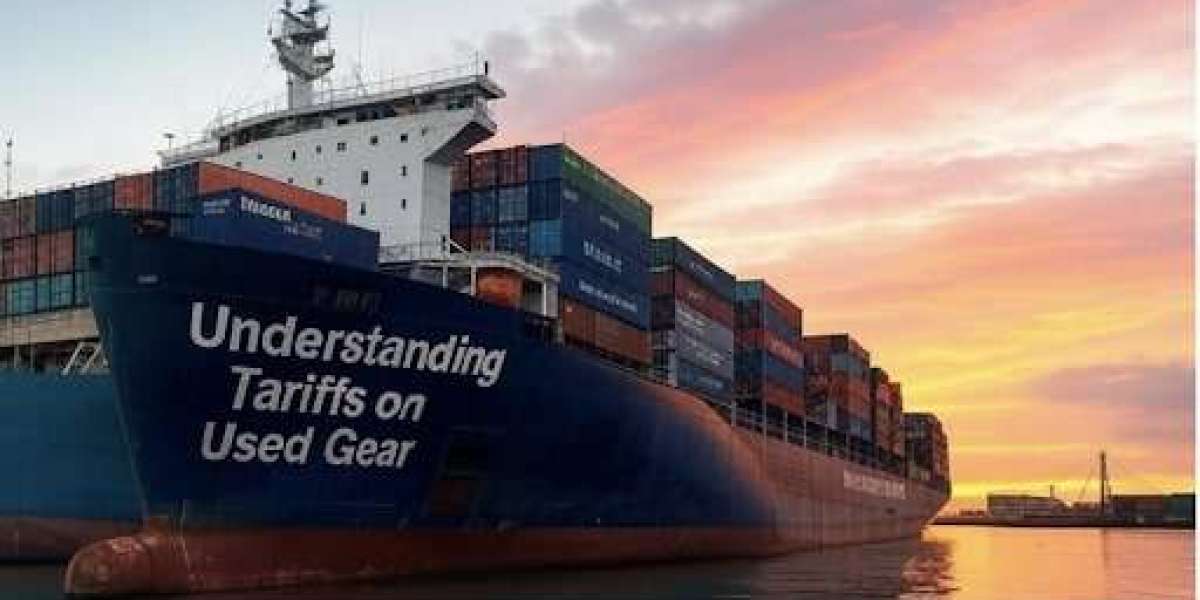In the global marketplace for used gear, tariffs play a crucial role in determining the final cost of transactions. Whether you are a seller or a buyer on GearSource, understanding how tariffs affect your business can help you make informed decisions and avoid unexpected costs. This article provides insights into tariffs on used equipment and how they impact international trade.
What Are Tariffs?
Tariffs are taxes imposed by governments on imported or exported goods. These charges are typically applied as a percentage of the item's value or as a fixed amount per unit. Tariffs aim to regulate trade, protect domestic industries, and generate revenue for governments.
How Do Tariffs Affect Used Gear?
Used gear, like new equipment, may be subject to tariffs when crossing international borders. However, the classification and rate of tariffs can vary based on several factors:
Country of Origin and Destination: Different countries have distinct tariff rates and regulations regarding used goods.
Product Classification: Equipment is classified under the Harmonized System (HS) codes, which determine tariff rates.
Condition of the Equipment: Some nations impose different tariff rates on used versus new equipment.
Trade Agreements: Free trade agreements (FTAs) between countries can reduce or eliminate tariffs on specific products.
Implications for GearSource Sellers and Buyers
For Sellers:
Know the Tariff Rates: Research the tariff rates applicable to the countries you are shipping to.
Price Your Products Competitively: Factor in potential tariffs when listing your gear to ensure profitability.
Provide Accurate Product Descriptions: Misclassification of goods can lead to delays, penalties, or higher tariffs.
For Buyers:
Check Import Duties Before Purchasing: Research applicable tariffs in your country to avoid unexpected costs.
Negotiate Shipping Terms: Clarify with sellers whether the price includes customs duties or if they are your responsibility.
Consider Local Alternatives: If tariffs significantly increase costs, exploring local suppliers may be a viable option.
How to Navigate Tariffs Efficiently
Consult with Customs Brokers: Professionals can help you determine the exact duties and tariffs before shipping.
Stay Updated on Trade Regulations: Tariff rates and trade agreements change frequently, affecting costs.
Use Proper Documentation: Ensure invoices, HS codes, and shipping details are accurate to prevent customs delays.
Conclusion
Understanding tariffs on used gear is essential for both sellers and buyers on GearSource. By staying informed and planning accordingly, you can optimize your transactions and minimize unexpected costs. Whether selling internationally or purchasing used equipment, being aware of tariffs will help you make better business decisions in the global marketplace.
Links :- https://gearsource.com/blog/understanding-tariffs-on-used-gear








